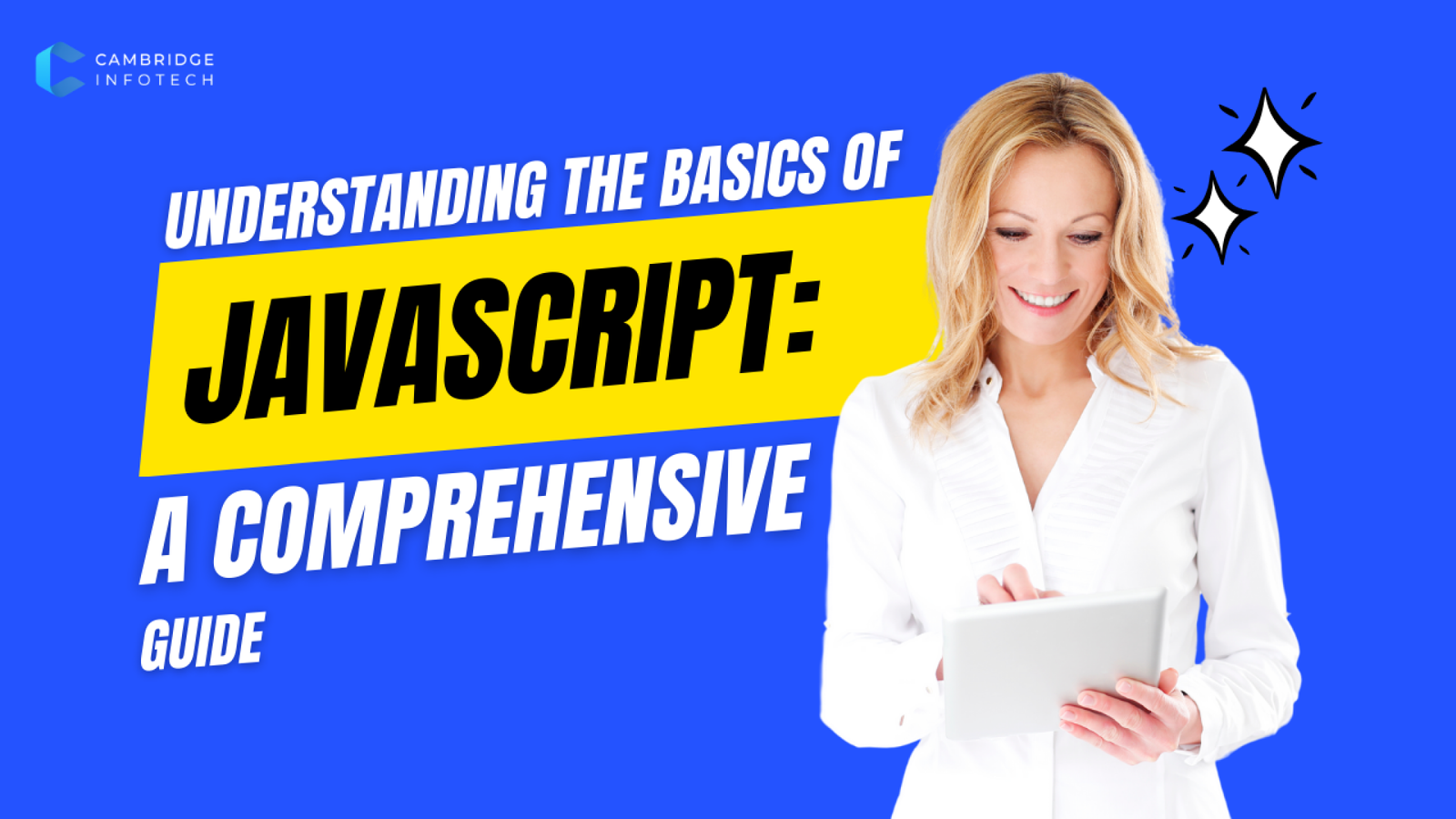Currently Empty: ₹0.00
Swift Programming in 2025: Trends, Updates, and Career Opportunities

Swift Programming in 2025: Why It’s Still the Future of iOS Development
In the ever-evolving world of technology, programming languages come and go. But some, like Swift, have proven their staying power. As we look ahead to 2025, Swift programming continues to dominate the iOS development landscape. Whether you’re a beginner exploring coding for the first time or a seasoned developer looking to future-proof your skills, understanding Swift’s role in the tech ecosystem is crucial.
In this blog, we’ll dive deep into why Swift programming will remain a critical skill, how it’s evolving, and why Cambridge Infotech’s courses are your gateway to mastering this powerful language.
Why Swift Programming is Still Relevant in 2025
The Backbone of iOS Development
Since its launch by Apple in 2014, Swift has become the go-to language for iOS, macOS, watchOS, and tvOS development. With Apple’s ecosystem growing exponentially, Swift’s relevance is only set to increase. By 2025, the demand for skilled Swift developers will skyrocket as more businesses invest in Apple platforms.
Continuous Evolution and Updates
Apple is committed to improving Swift, making it faster, safer, and more efficient. With regular updates and a strong open-source community, Swift is constantly evolving to meet the needs of modern developers. By 2025, we can expect even more advanced features, making it a future-proof language.
High Demand for Swift Developers
The job market for Swift developers is booming. Companies are willing to pay top dollar for professionals who can build seamless, high-performance apps. By mastering Swift programming now, you’re positioning yourself for lucrative opportunities in 2025 and beyond.
Key Trends Shaping Swift Programming in 2025
Swift 6 and Beyond
By 2025, Swift 6 (or later versions) will likely be the standard. Expect enhancements in concurrency, memory management, and cross-platform capabilities. These updates will make Swift even more versatile and powerful.
Increased Focus on AI and Machine Learning
Swift is increasingly being used in AI and machine learning projects, thanks to frameworks like Core ML. By 2025, Swift developers will play a pivotal role in building intelligent apps that leverage AI.
Cross-Platform Development
Swift is no longer limited to Apple’s ecosystem. With tools like Swift for TensorFlow and Swift Playgrounds, developers can use Swift for cross-platform projects. This trend will only grow by 2025, making Swift a universal programming language.
Augmented Reality (AR) and Virtual Reality (VR)
Apple’s ARKit and RealityKit frameworks rely heavily on Swift. As AR and VR technologies gain traction, Swift developers will be at the forefront of creating immersive experiences.
Why Choose Cambridge Infotech for Swift Programming?
At Cambridge Infotech, we understand the importance of staying ahead in the tech game. Our Swift programming courses are designed to equip you with the skills needed to thrive in 2025 and beyond. Here’s why we’re the best choice:
Comprehensive Curriculum
Our courses cover everything from the basics of Swift to advanced topics like concurrency, AI integration, and cross-platform development.
Hands-On Learning
We believe in learning by doing. Our courses include real-world projects that prepare you for the challenges of modern app development.
Expert Instructors
Learn from industry professionals with years of experience in Swift programming and iOS development.
Future-Ready Skills
Our curriculum is constantly updated to reflect the latest trends and technologies, ensuring you’re always ahead of the curve.
How to Get Started with Swift Programming
If you’re ready to future-proof your career, now is the perfect time to start learning Swift. Here’s a quick roadmap:
Learn the Basics: Start with Swift syntax, data types, and control flow.
Build Simple Apps: Practice by creating basic iOS apps.
Explore Advanced Topics: Dive into concurrency, AI, and AR/VR development.
Join a Community: Engage with other Swift developers to share knowledge and stay updated.
Enroll in a Course: Cambridge Infotech’s Swift programming courses are the perfect way to fast-track your learning.
FAQs
About Swift Programming in 2025
Is Swift still worth learning in 2025?
Absolutely! Swift is the primary language for iOS development, and its demand is only growing. With Apple’s continuous updates and the rise of AI, AR, and cross-platform development, Swift will remain a highly valuable skill in 2025.
What are the career opportunities for Swift developers in 2025?
Swift developers can expect a wide range of opportunities, including roles in iOS app development, AI and machine learning, AR/VR development, and cross-platform app creation. Companies across industries are seeking skilled Swift developers to build innovative applications.
How is Swift evolving for 2025?
Swift is evolving with a focus on performance, safety, and versatility. By 2025, we can expect advancements in concurrency, memory management, and cross-platform capabilities, making it even more powerful and developer-friendly.
Can I use Swift for non-Apple platforms?
Yes! While Swift is primarily used for Apple’s ecosystem, tools like Swift for TensorFlow and Swift Playgrounds are expanding its reach. By 2025, Swift is expected to play a bigger role in cross-platform development.
How long does it take to learn Swift programming?
The time it takes to learn Swift depends on your prior experience and dedication. With Cambridge Infotech’s structured courses, you can gain a solid foundation in Swift within a few months and start building real-world projects.
What makes Cambridge Infotech’s Swift courses unique?
Our courses are designed by industry experts, focus on hands-on learning, and are regularly updated to reflect the latest trends. We also provide personalized mentorship and career guidance to help you succeed.
Conclusion: Swift Programming in 2025 is a Must-Learn Skill
As we look ahead to 2025, one thing is clear: Swift programming will remain a cornerstone of iOS development and beyond. With its continuous evolution, growing demand, and versatility, Swift is a language that offers endless opportunities.
At Cambridge Infotech, we’re committed to helping you master Swift and stay ahead in the tech industry. Whether you’re a beginner or an experienced developer, our courses are designed to equip you with the skills needed to thrive in 2025 and beyond
Learn more about
Artificial Intelligence (AI) operates by simulating human intelligence processes through machines, particularly computer systems. These processes include learning, reasoning, and self-correction. AI systems are powered by algorithms, which are sets of rules or instructions that the machine follows to perform tasks. Machine learning, a subset of AI, involves training algorithms with large amounts of data to recognize patterns and make decisions with minimal human intervention. Deep learning, a further subset of machine learning, uses neural networks with many layers to analyze various factors of data. AI applications range from simple tasks like voice recognition to complex ones such as autonomous driving and predictive analytics.
Ethical hacking, also known as penetration testing or white-hat hacking, involves authorized attempts to gain access to computer systems, networks, or data to identify security vulnerabilities. Unlike malicious hackers, ethical hackers operate with permission and aim to improve security by uncovering weaknesses before they can be exploited by cybercriminals. They use the same tools and techniques as malicious hackers but adhere to strict ethical guidelines and legal boundaries. Ethical hacking is crucial for organizations to protect sensitive information, maintain customer trust, and comply with regulatory requirements.
digital marketing jobs in 2025, highlighting the evolving landscape of the industry and the skills required to thrive. It likely discusses emerging roles such as AI-driven marketing specialists, data analysts, and content strategists, emphasizing the growing importance of SEO, social media, and automation tools. The article may also predict how advancements in technology, like AI and machine learning, will reshape marketing strategies and create new career opportunities. For aspiring marketers, this resource provides valuable insights into future trends and the expertise needed to stay competitive in the digital marketing field.








